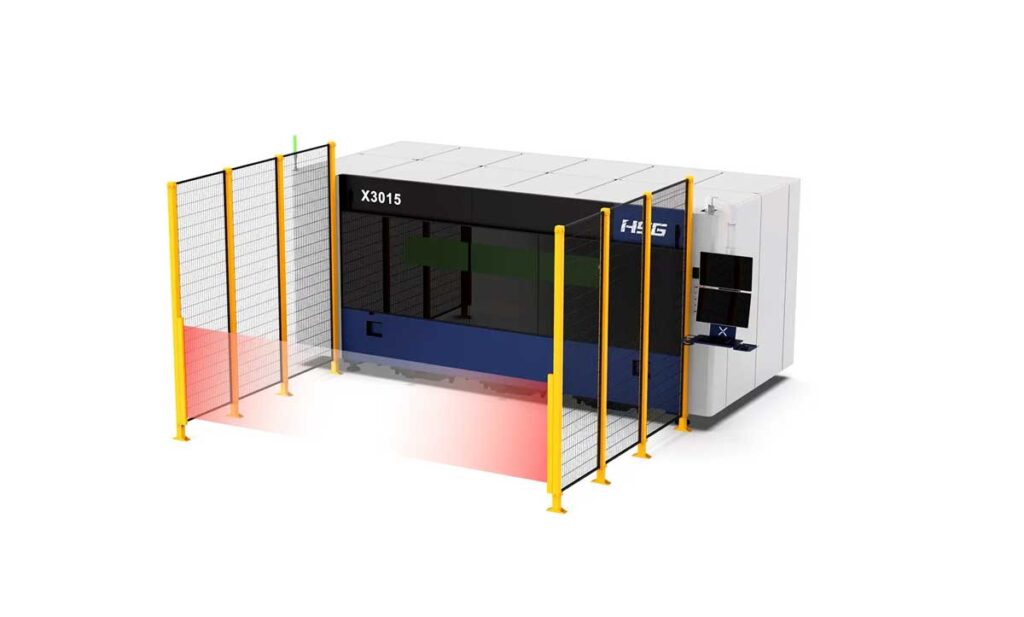When it comes to choosing the right fiber laser cutting system, I always start by putting myself in my customer’s shoes. I understand that investing in new technology is a significant decision, filled with both excitement and anxiety. At Mac-Tech, my role as a Regional Sales Executive is not just about selling equipment; it’s about being a trusted advisor who helps navigate these complex choices. With years of experience in lasers, tube lasers, and press brakes, I’m here to ensure that my clients find a solution that meets their unique needs and maximizes their operational versatility.
Understanding Customer Needs for Versatile Solutions
When I first sit down with a customer, my primary goal is to understand their specific needs and challenges. Every business is unique, and the versatility of a fiber laser cutting system can significantly impact their operations. I ask questions about their current processes, the types of materials they work with, and any limitations they are facing with their existing equipment. This helps me paint a clear picture of what they need from a new system.
Once I have a solid understanding of their requirements, I can start to identify which features of a fiber laser cutting system will provide the most value. For some, it might be the ability to handle a wider range of materials, while others might prioritize speed or precision. My consultative approach ensures that we’re not just looking at the most advanced technology, but the technology that aligns with their business goals.
Ultimately, my aim is to guide customers towards a solution that enhances their capabilities without overwhelming them with unnecessary complexity. By focusing on their specific challenges and objectives, we can find a laser cutting system that offers maximum versatility and supports their growth.
Key Features to Enhance Cutting System Flexibility
One of the first features I discuss with customers is the power and speed of the laser. A versatile system should have the ability to adjust power settings to accommodate different materials and thicknesses. This flexibility allows businesses to take on a broader range of projects without needing separate machines for different tasks.
Another critical feature is the software interface. A user-friendly and intuitive software system can make a world of difference in day-to-day operations. It should offer customization options for different cutting patterns and be easy to integrate with existing workflows. I always emphasize the importance of investing in a system that employees can quickly learn and adapt to, minimizing downtime and maximizing productivity.
Finally, automation capabilities are becoming increasingly important. Features like automated loading and unloading, or advanced nesting algorithms, can significantly enhance the efficiency of a cutting system. These features not only save time but also reduce material waste, contributing to a more sustainable operation. I work closely with customers to identify which automation features will provide the most return on investment for their specific needs.
Prioritizing Precision and Efficiency in Operations
Precision is non-negotiable when it comes to laser cutting systems. The ability to produce clean, accurate cuts can make or break a project. I ensure that the systems I recommend have high repeatability and accuracy, even at high speeds. This precision is vital for industries where detail and quality cannot be compromised.
Efficiency goes hand-in-hand with precision. A system that operates efficiently can significantly reduce production times and costs. I advise customers to look for features like fast piercing and cutting speeds, energy efficiency, and minimal maintenance requirements. These factors contribute to a smooth operation that can keep up with demand without sacrificing quality.
Balancing precision and efficiency is a challenge many of my clients face. Through detailed discussions and demonstrations, I help them understand how different systems perform under various conditions, ensuring they choose a solution that meets both their precision and efficiency needs.






